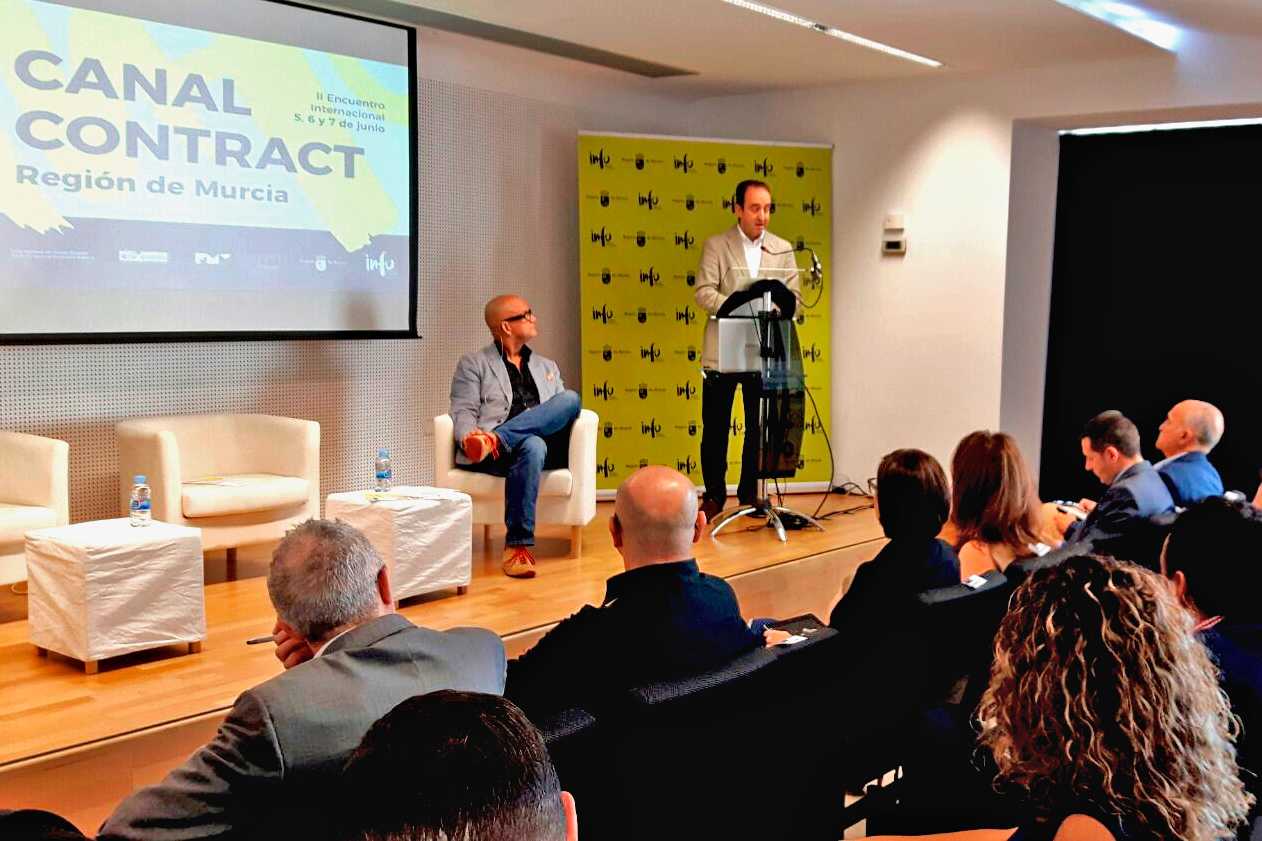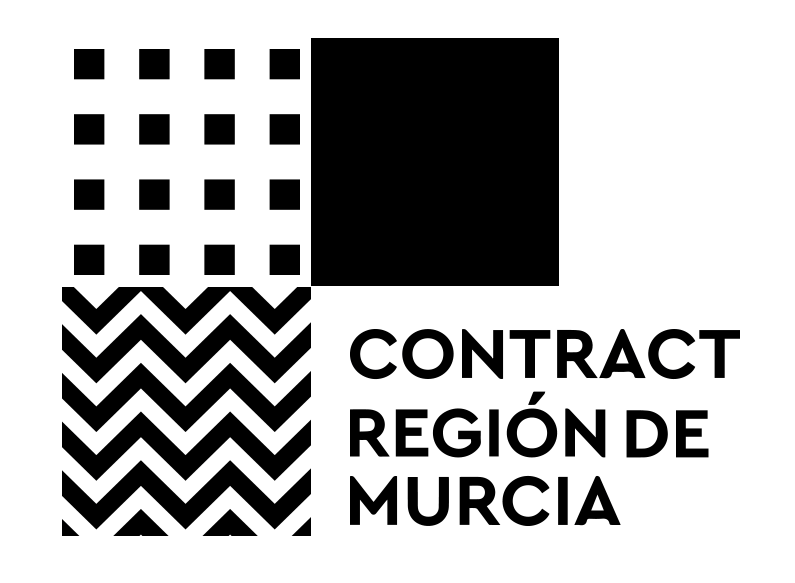
“Contract companies that work with the BIM method have an advantage in accessing large projects”, David Cámara of the Spanish Contract Association.
“Contract companies that work with the BIM method have an advantage in accessing large projects”, David Cámara of the Spanish Contract Association.
Digital challenges are knocking on the door of the Contract industry, which brings together the entire chain of the habitat, from the stone producer to the furniture and lighting companies. The most immediate challenge is the implementation of the BIM working method, the acronym for Building Information Modeling, which increasingly links all manufacturers in this growing macro-sector destined to understand each other in the same ‘language’.
This collaborative methodology has come to stay and will not give room for choice. According to the head of Unex, the Spanish Contract Association, and a collaborator of the Murcia Region’s Contract Plan, which coordinates and promotes INFO, David Cámara, “those who do not work with the BIM method will not have access to large projects”. The international prescriber states that there is no time to lose in the digital transformation. “Companies must be clear about this from now on. In five years it will be too late to join”, he says in his message, which he will deliver next Tuesday, 12th March, at 9.15 am at the Murcia Science Park during the start of the ‘International Conference on Contract BIM and the digital transformation of the Value Chain in the Contract Channel’.
Why should a habitat company attend the INFO Conference?
It will be an easy and cost-free way to get an overview of the BIM methodology from all the sectors involved, both for those who have already faced the challenge of implementing it and for those who are going to be affected by this unavoidable digital transformation. We put the information on a tray so that they can speak the same language as the rest of their sector.
What steps should a company take to integrate the BIM system and not lose opportunities?
All the producers in the habitat sector must already be working with digital tools. This process of change is similar to what happened when they had to implement ISO quality standards. Likewise, the way now is to hire a consultant specialized in BIM, who helps to implement it to third parties. There are some who do it collaboratively, because they are interested in having their collaborators work with BIM. This lowers costs, but companies should think that if this transformation causes them economic costs, it is because it will produce profitability.
What advantages will the implementation of the BIM method provide?
When they participate in a project, each one will know exactly what part you are responsible for because everything is digitized: the assignment of jobs and functions, their managers, the resources you need and the execution time. If something goes wrong, you know who to hold accountable. It makes relationships more transparent and helps professionalize the sector. On the other hand, it will be easier to prescribe because this method shields you from third parties because the level of specialization is high. Companies are sometimes left out because the investor is tempted by the prices of other distant producers, and this will no longer be possible.
Will the habitat companies that do not work with BIM not be able to participate in large projects?
There are already architects who only hire suppliers who work with BIM. You can already make the most wonderful furniture with the most competitive price, that if you don’t have BIM, you are out. This system requires an implementation time and specific training. They have to know it, know how to manage it and see the advantages of efficiency and profitability they bring.
Does this transformation only concern large Contract companies or also SMEs?
There are small companies that have specialized a lot in their product and are highly interesting for projects in which many agents participate. I remember one occasion when a very particular sofa structure was required that no company could do except a small workshop. There are requirements of absolute uniqueness that can provide opportunities and income to medium and small companies.
How well established is the BIM in the Region?
At the level of the services sector, more and more, but in the industrial sector the average is still low, it has a great path and potential, as in the rest of Spain. But it will go further. In fact, Spanish legislation already requires it to work on public projects, at least on projects that comply with the premises on which it is mandatory. In the private sector, more and more architects, especially Spanish ones with international projects, contact us looking for alternative products/materials for projects with international clients where a necessary requirement to be considered is to work in BIM.
And outside Spain, are companies ahead of us in managing the BIM method?
It is already a trend in Europe and is in an advanced stage of development in the Nordic countries.
Like any new experience, what risks can threaten companies in international contract projects?
Contract is a channel in which agents come from the traditional channel, from selling in stores, and if you do not learn to identify well the differences in the markets. The main risk is not being clear about whether you have the capacity to participate, for example in the construction of a building or a hotel. Then you have problems that may be insurmountable.
Does it therefore require a self-evaluation by the company?
A risk analysis, because if you don’t do it correctly you can lose money and possibilities of profitability that you would have had if you had decided correctly. You have to know how to say no when it is convenient.
And if a company does not want to work on projects that are developed in other countries, but in other larger but closer ones?
You have to take into account that there are international projects that are carried out in the Region. The codes of operation are still international.
How can a company offer its services and access this network of providers with BIM?
From INFO and UNEX we are working on the development of a Contract map of the Region of Murcia that will include a directory of companies that work with BIM. Investors will know the companies that can participate in their projects because they speak the same language.
What can a company do now to start the steps towards BIM management?
Attend this conference, where we will provide you with a global vision from all the sectors involved. It is also positive because companies get to know each other and generate opportunities for collaboration. We try to connect the region with investment projects, which is why we propose international actions, in countries such as Mexico or the Dominican Republic to give an example, but also specific calls that provide content for the professionalization of companies and help prepare for when the opportunities arise.
WHAT: Jorrnada International Contract BIM and the digital transformation of the Value Chain in the Contract Channel Risk management in international Contract projects.
WHERE: Murcia Science Park. Espinardo University Campus.
WHEN: Tuesday, 12th March 2019


